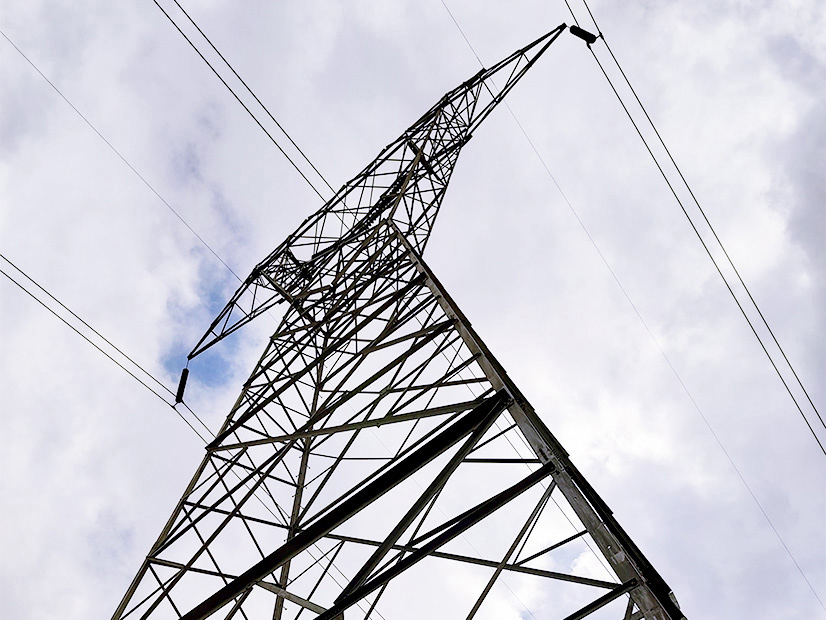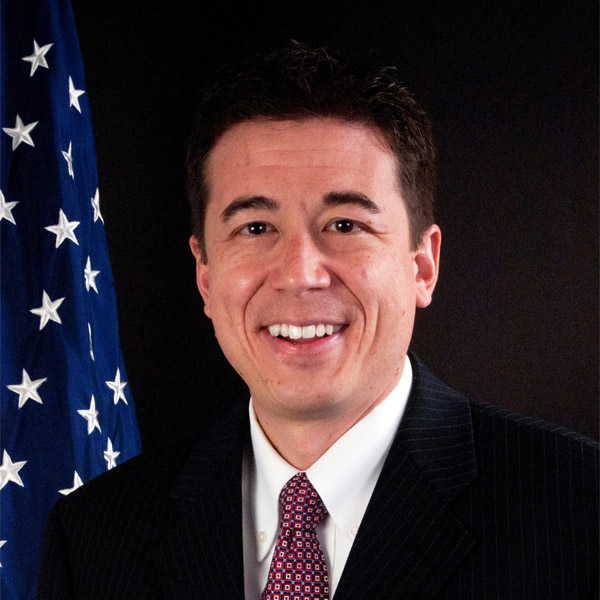By Jason Stanek
The nation has a looming problem. The infrastructure upon which millions of Americans rely on to power their daily lives is growing older while demand on regional power grids is breaking all-time records with increasing regularity. The country’s regional grid operators lack sufficient access to generation in neighboring regions, resulting in preventable power outages and soaring electricity prices during extreme weather events. Even under normal operating conditions, a lack of import and export capability between various parts of the country can result in higher power costs.
The construction of high-voltage transmission lines between regions has been stymied over the years for various reasons, but it is clear we increasingly need new interregional lines, both now and in the future. One relatively simple way to accomplish this would be for Congress to direct FERC to establish a minimum interregional transfer capacity requirement to ensure that grid operators have enough capacity to export or import a certain amount of power to neighboring regions at all times. Doing so will strengthen the nation’s resilience to extreme weather events, increase overall grid reliability and ultimately reduce the cost of delivered electricity to customers.
Fortunately, this policy option has recently been the focus of significant discussion by stakeholders. Late last year, FERC discussed such a minimum transfer standard. Notably, in its post-workshop comments, the U.S. Department of Energy emphasized that its draft National Transmission Needs Study finds a “pressing need for additional electric transmission infrastructure, including interregional transmission.” Additionally, this topic has merited review by the Joint Federal-State Task Force on Electric Transmission, a collaborative dialogue between FERC commissioners and state utility regulators.
So, what’s the “right” amount of transfer capacity? Some grid experts have called for a minimum interregional transfer capacity requirement ranging from 15 to 30% of peak load. While there are benefits and costs associated with a higher or lower percentage, there is wisdom in setting a uniform minimum requirement. As I recently testified before the Senate Energy and Natural Resources Committee, it would be more expeditious if Congress were to define and set a reasonable threshold rather than tasking FERC with a multiyear stakeholder process to determine the requirement, a process that would surely further delay critical projects’ buildout.
The need for new transmission lines also serves to mitigate the impact of extreme weather events, which are undeniably increasing in severity and frequency. In the first seven months of this year, 15 extreme weather events across the country — several of which caused power outages — each resulted in $1 billion or more in damages. These events accounted for the most disasters over the period since 1980. Extreme weather has also contributed significantly to congestion costs in recent years. While power outages during storms are never fully preventable, we can prepare our electric grid to better withstand them, as interregional transmission lines can transport available power from several states away to areas where local generators cannot meet demand.
Further, as I testified, long-distance wires connecting regions serve as an important insurance policy: While grid operators hope to avoid asking neighboring grids for electricity, it is important to have the ability to do so when a situation arises. For example, the addition of high-capacity interregional transmission lines from Texas to neighboring regions could have prevented the devastating storm-induced outages in February 2021, according to an analysis from power sector consulting firm Grid Strategies. Given the tremendous cost savings associated with additional interregional transmission capacity, a line could have paid for itself in four days during that cold snap.
More recently, some utilities could have saved upward of nearly $100 million per gigawatt of capacity in late 2022 if they were able to wheel more power in from the Midwest or New York. Instead, unplanned generation losses of all types exceeded 70 GW, and several balancing authorities ordered firm load shed of more than 5 GW over the Christmas holiday.
Moreover, increasing congestion on the regional power grids — when there is insufficient transmission capacity to deliver the most affordable power to customers, forcing more expensive generating units to run — cost the U.S. an estimated $20.8 billion in 2022, according to Grid Strategies. While this savings estimate can be debated, it is indisputable that customers pay more when they are unable to access cheaper supplies of electricity.
These facts are not lost on utility regulators. During the past year, members of the federal-state transmission task force reviewed the merits of a minimum transfer capacity standard and, more broadly, the need for more interregional transmission. In an op-ed published by RTO Insider in April, former Arkansas Public Service Commission Chair Ted Thomas touted the “significant reliability benefits” a standard would provide. (See Stakeholder Soapbox: Transmission Keeps the Lights On.)
At a task force meeting, former FERC Chair Richard Glick recognized that over the last decade, “there really hasn’t been any interregional transmission built … so we’re in a situation where I believe we need to consider, are there reforms that are necessary to move forward?”
Vermont Public Utility Commissioner Riley Allen found that there is a “growing body of evidence [that] interregional transmission can contribute to a significant degree on a triad of needs,” including affordability, reliability and clean energy. And Dan Scripps, chair of the Michigan Public Service Commission, similarly emphasized that “there’s no doubt that increased interregional transfers and interregional transmission can also offer additional benefits, particularly economic benefits, but ultimately the real value is ensuring that we have a grid that can support reliability and enhanced resilience, particularly in times when the grid operates in ways other than for which it is originally planned.”
I agree with my colleagues on these points, but I also know that the cost of developing new energy infrastructure projects must be weighed against a number of competing considerations. That said, I am confident that building more interregional transmission lines is a good, near-term investment that will deliver benefits now and for future generations. The facts are clear; it’s the political will that is needed.
Jason Stanek is the former Chairman of the Maryland Public Service Commission and previously served as a co-chair of the Joint Federal-State Task Force on Electric Transmission.


